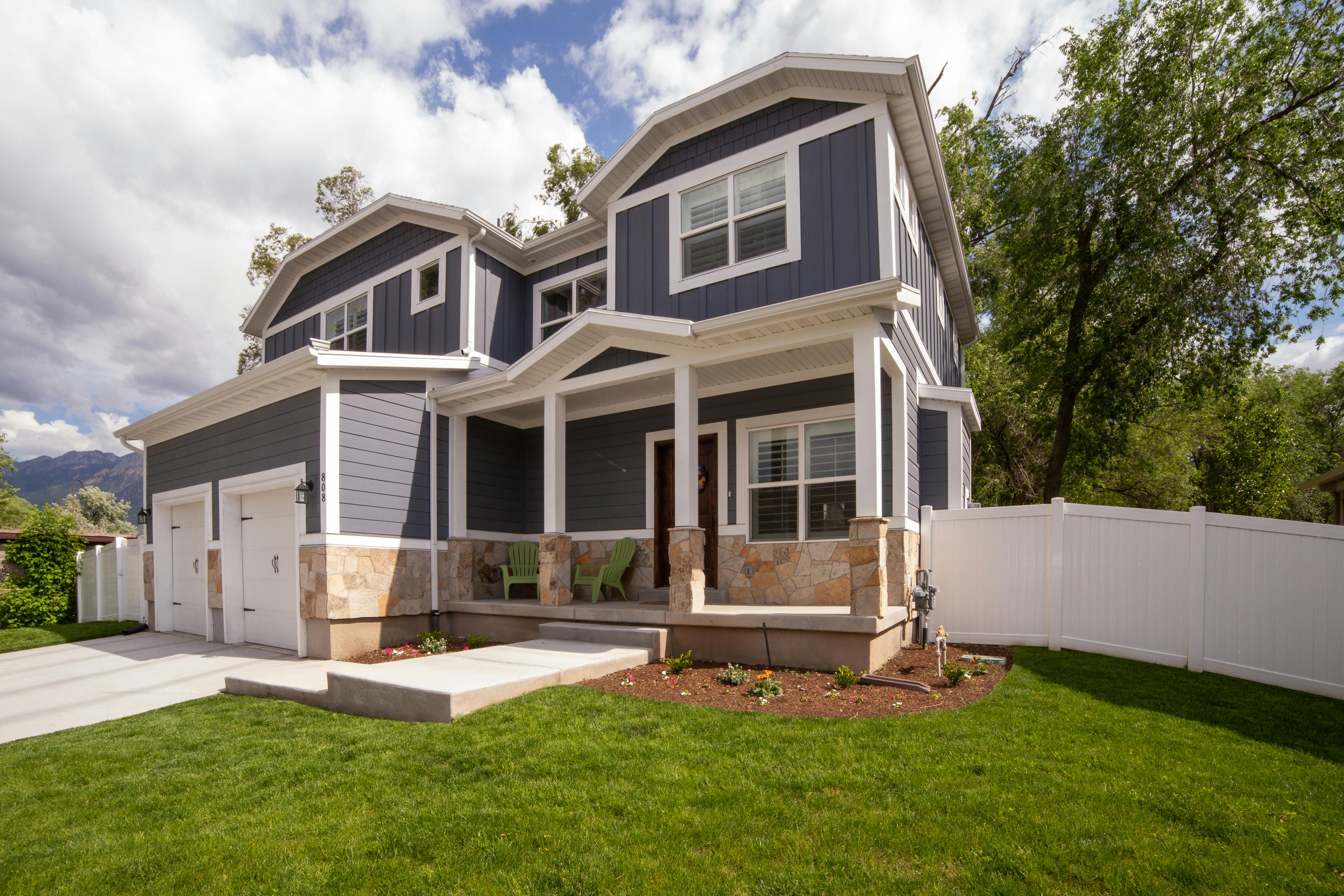
Roles and responsibilities of a coach house owner and lessee
Coach House Insurance is an insurance policy that includes leased garages attached to a drive-thru property, usually freehold. In short, this means that the property is in freehold and the garages are for rent. ?
The owner usually lives above the garages and has use of one of the garages. Sometimes there are carports instead of garages; however, the principle and coverage of the insurance are the same. ?
The owner must cover the structure of the building, including all garages, and must protect their legal liabilities. If a tenant using one of the garages suffers damage or injury as a result of the construction, the owner may be held liable; legal liability is ‘must have’. The tenant also bears responsibility, and too often does not know exactly what was stated in the title deeds to his property when he bought his house with a rental garage, which is part of someone else’s property. ?
There is no permission to install any plumbing or electricity. No Permit to Store Property/Contents: Garage is to be used for the storage of one motor vehicle only. The lessee’s motor vehicle is presumed to have insurance to cover the lessee’s obligations. The lessee only has access to the garage to use the driveway and park his vehicle; this crawl space is not intended to be used as storage/land for the tenant. For example, you will not be allowed to use the driveway to store a container and you must not use it for containers, bicycles, or other items not related to the storage of a motor vehicle. With the consent of the tenant, it is possible to negotiate the temporary use related to the land/access/road, for example, the temporary storage of a container during a house renovation for just a few days.
The landlord must not allow any garage tenant to store dangerous items such as flammable liquids. ?
The owner may also ask renters for a monetary contribution to the cost of the buildings element of the policy; this is usually detailed on the title deeds for the property and is usually capped at around 10-20% per renter. The contribution should only be calculated from the cost of the buildings insurance, and all other costs of the freeholders policy should not be taken into account when calculating the contribution.






